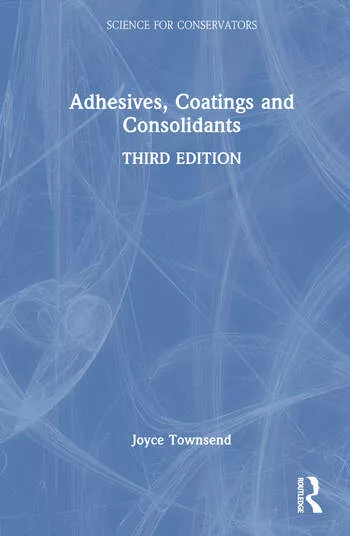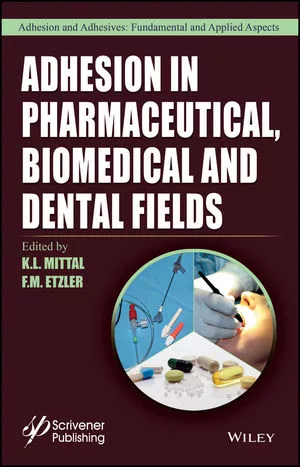Regulatory Review
At Long Last, TSCA Reform Passes
The House of Representatives has passed the Frank R. Lautenberg Chemical Safety for the 21st Century Act—but is it enough?

I'm going to go out the proverbial limb here and assume that, by the time this issue has printed, the U.S. Senate will have passed legislation to reform the Toxic Substances Control Act (TSCA). I know I have a reputation of being a glass-half-empty kind of guy—but not this time.
As I write this column, the House of Representatives has passed the Frank R. Lautenberg Chemical Safety for the 21st Century Act by a resounding vote of 403-12 and, in the days following, the Senate was poised to approve it under unanimous consent procedures that would fast-tracked it to President Obama’s desk for his signature. Unfortunately, a lone senator—perhaps because of political principle or maybe the results of this spring’s Republican primary season put more time on his hands (I’ll let you be the judge of that)—decided he had better get around to reading that darn bill.
Despite the last-minute holdup, I am convinced that too many people have worked too many hours to let it all fall apart now. More than eight years ago, representatives from a few associations gathered to kick around some ideas about how TSCA might be improved. Over time, those discussions took on more specificity and the number of participants increased until it formalized into the American Alliance for Innovation (AAI) coalition. Today, the AAI has more than 170 participating associations committed reforming the U.S. chemical safety law.
The ideas and suggestions initially generated through the AAI were just that—suggestions and ideas―until someone on Capitol Hill began to take notice. At the risk of leaving people out, I would like to take a moment to recognize some legislators and their staffs who were crucial to making TSCA reform happen.
First, without the initial effort of Senator David Vitter and his staff, TSCA reform would still be just an aspiration. Then the late Senator Frank Lautenberg had the courage to reach across the aisle to sign on to Senator Vitter’s initial reform measure. In my opinion, that single act gave the greatest impetus to what eventually became a bipartisan effort to move this legislation to final passage. It is only fitting that the final reform legislation includes Senator Lautenberg’s name as a tribute to his enduring passion for reforming TSCA. Upon the passing of Senator Lautenberg in 2013, Democratic Senator Tom Udall took on the role of reform champion, asking tough questions about how to improve the bill while never losing sight of finding a way to compromise enough to keep all the critical players at the table.
In the House, Republicans John Shimkus and Fred Upton and their staffs, along with New Jersey Democrat Frank Pallone, not only worked together to craft a bipartisan House bill, but found common ground in relatively short order with their Senate counterparts—not always an easy accomplishment, even when a single party controls both chambers of Congress.
I won’t go into bill specifics here, but in the coming months I will take up aspects of where I think the reform legislation will impact adhesives and sealants, as well as their chemical suppliers. I can also promise you that the Adhesive and Sealant Council will soon offer numerous educational opportunities for regulatory personnel to familiarize themselves with changes in TSCA.
But I will answer this one question now: Is the new legislation perfect (i.e., does it offer solutions to all the problems raised by those association representatives who started meeting eight years ago)? Of course not. Compromise legislation is just that—compromise,―with each side giving something to advance a greater good of all. It’s a thought that everyone should keep in mind in a time when the “my-way-or-the-highway” mentality seems to be dominating our political landscape.
Any views or opinions expressed in this column are those of the author and do not represent those of ASI, its staff, Editorial Advisory Board or BNP Media.
Looking for a reprint of this article?
From high-res PDFs to custom plaques, order your copy today!




